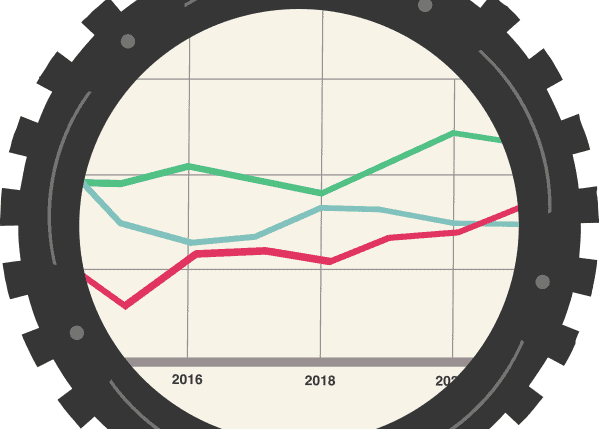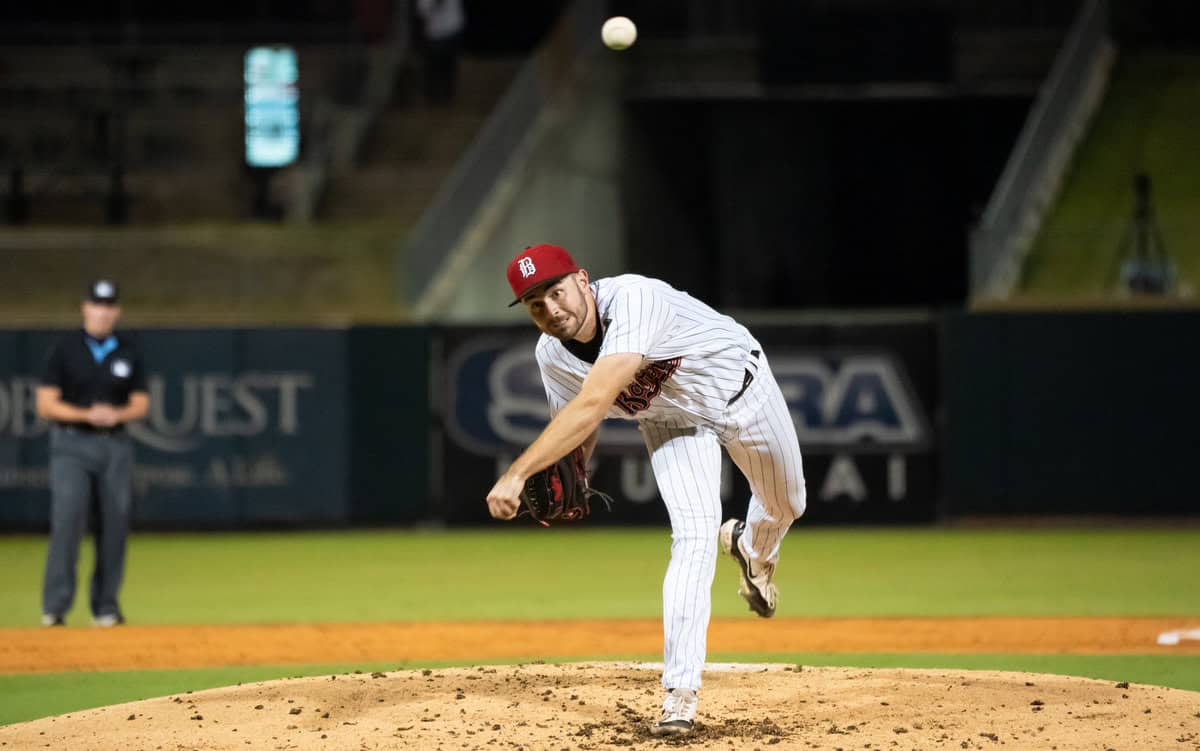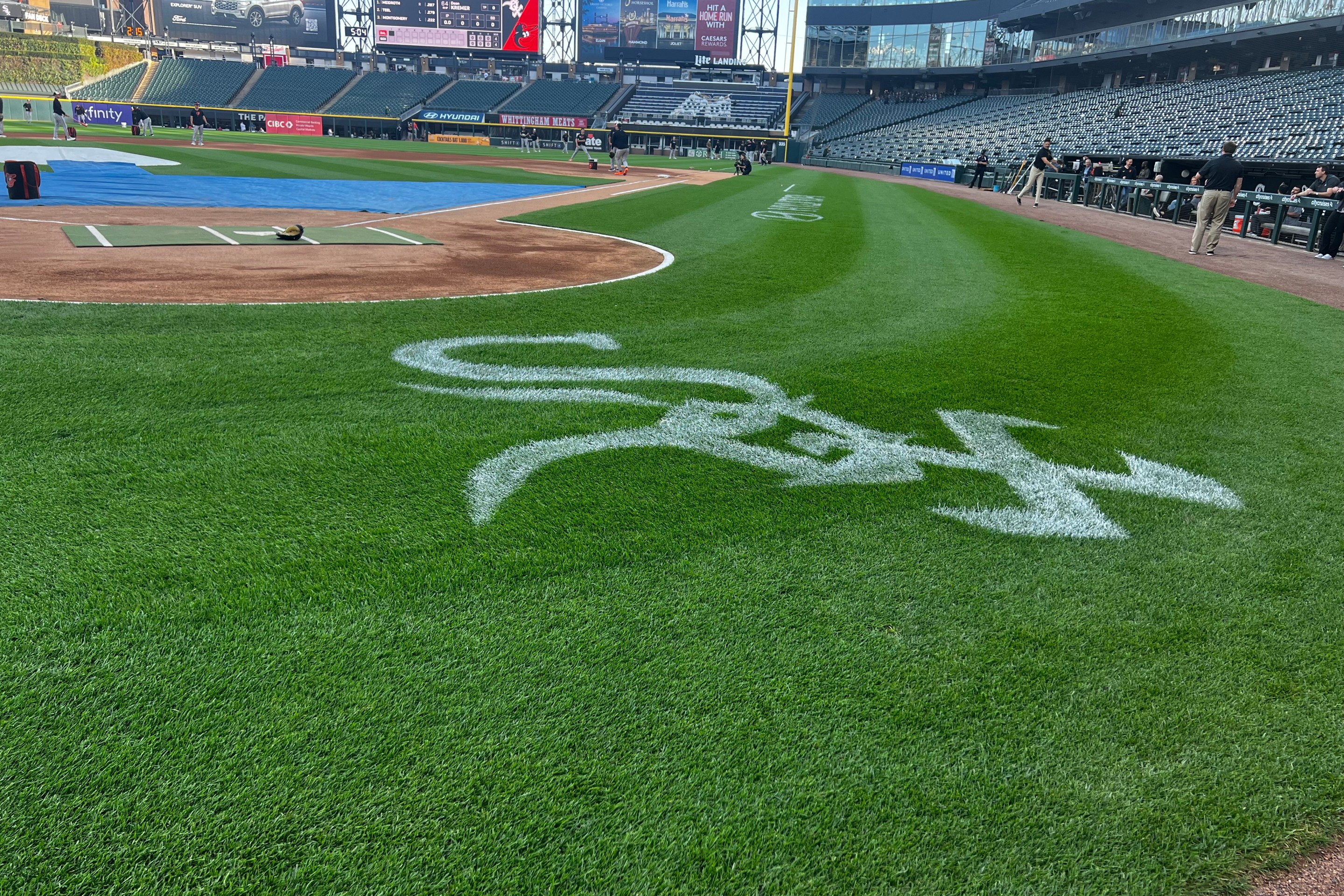Following up on my piece trying to determine how far away the White Sox are from having an average lineup, I went one step further to see what teams that make the postseason do well. Looking at the last ten years (2008-2018), I compiled various hitting and pitching metrics to track trends and averaged out the results hoping to find some type of baseline in performance. In total, the data extracted was for 102 teams regular season numbers and compiled from Baseball-Reference.com.
Before highlighting the trends, a quick look at how dismal the White Sox were in 2018 (NSFW).
| R/G | BA | OBP | SLG | OPS+ | BB% | K% | |
| White Sox Offense | 4.05 | 0.241 | 0.302 | 0.401 | 93 | 7.00% | 26.26% |
I apologize for reminding you how terrible the season was, but it does get worse when you compare those same numbers to what the average metrics are of postseason teams the last ten years.
Offense
| Offense | R/G | BA | OBP | SLG | OPS+ | BB% | K% |
| '18 White Sox | 4.05 | 0.241 | 0.302 | 0.401 | 93 | 7.00% | 26.26% |
| Avg. Playoff Team | 4.72 | 0.261 | 0.331 | 0.423 | 102 | 8.74% | 19.43% |
In 2018, the Chicago White Sox ranked 24th in runs per game as the season's MLB average was 4.45 R/G. There have been multiple teams to reach the postseason scoring fewer runs per game:
- 2013: Los Angeles Dodgers (4.01 R/G) and Pittsburgh Pirates (3.91 R/G)
- 2014: Kansas City Royals (4.02 R/G) and St. Louis Cardinals (3.82 R/G)
- 2015: St. Louis Cardinals (3.99 R/G)
On average, a team that has made the postseason scored 765 runs during the season, or 4.72 R/G. In 2018, the Chicago White Sox only managed to score 656 runs, short by 109 runs. Last time the White Sox scored 765 runs or more was in 2008 when they crossed home plate 811 times. The best run production teams to make the postseason since 2008 have been the 2009 New York Yankees (5.65 R/G), the defending World Champion Houston Astros (5.53 R/G in 2017), and the 2015 Toronto Blue Jays (5.5 R/G). When you break down the average R/G by leagues, the American League, of course with the Designated Hitter, has averaged more runs per game.
- American League: 4.90 R/G
- National League: 4.54 R/G
Unless Jerry Reinsdorf has plans on moving the White Sox to the National League, the better number for this franchise is to aim for is scoring 4.9 runs per game. That's 794 runs in a 162 game season, an increase of 138 runs from their 2018 output.
To help score more runs the front office needs to find hitters to improve the slash line. Batting average doesn't have as strong of a trend line as the on-base percentage does with runs per game as you can see in the graphs below.


Slugging percentage has a better correlation to runs per game than the on-base percentage (0.736 to 0.624), but the best metric to use is OPS, which combines slugging and on-base percentages.
Now there is a problem with the usage of OPS that I have been at fault of many times. In Keith Law's book, Smart Baseball, he explains why OPS is flawed.
OPS itself is just bad math. If you think back to fourth grade, you'll remember that you can't add two fractions with unlike denominators, yet that's exactly what OPS does. On-base percentage is just the number of times a hitter reached base safely divided by most of his plate appearances. Slugging percentage is a hitter's total bases divided by his at bats, a denominator that in nearly all cases will be smaller than the denominator of OBP because it doesn't include walks, sacrifice flies, or times hit by pitch. If you do this in elementary school, you get a back a paper covered with red ink, and maybe a dunce cap. If you do it in baseball writing, you get a gold star.
I have lost track of the numerous times I've referenced OPS in a post, podcast, and radio appearance, but Law is right. We are better off speaking to an individual's OBP and SLG because not all .800 OPS are created equal. One .800 OPS hitter could be split evenly with OBP and SLG (.400 each), and that's a much different offensive profile of someone who has a .300 OBP and .500 SLG.
Funny thing is that team OPS works. From Law:
But, in spite of all the objections I raised above, the truth about OPS at the team level is that the damn thing works: it correlates better with team runs scored than OBP or SLG do alone. Where OBP's coefficient of correlation to runs per game is .893, and slugging's is .846, OPS's is 0.914. It's a modest improvement, but it is indeed better.
OPS does the job - in ugly fashion, yes, but it does it.
Teams that have made the postseason in the last ten years have an average OPS of .753. A slight difference between the two leagues as in the American League the average OPS is .764 and the National League is .743.

The 2018 White Sox had a team OPS of .703 which is way off the playoff average. First gap worth looking at is in the extra bases hit department. Instead of using the final sums it's better to look at the rate of extra-base hits (XBH%). Last ten years the average playoff team has an XBH% of 8.1% with the AL at 8.3%. Here we have some good news as the White Sox this season had an XBH% of 7.9%, so not far off the pace.
Looking at where the White Sox left off in 2018, they are short in the following areas in slugging: doubles and home runs. It's not a significant margin for either category as it's just 26 doubles and six home runs off the AL playoff team pace. That's like having another Yolmer Sanchez help out in the lineup.
I wrote about the White Sox continued problem with OBP earlier this season. With only 425 walks in 2018 (29th in MLB), the White Sox 7% walk rate is 1.74% below playoff team average. In 2018 that would have translated to 105 more team walks which is a significant chunk. That would raise the team OBP from a terrible .302 to .313.
They are behind in the total hits department. Looking at how many hits per plate appearance, the average playoff team gets a base hit 23.2% of the time for each PA. In 2018, the White Sox had a base hit in 21.9% of their plate appearances. That difference is 76 fewer hits.
Where those additional hits and walks should come from is cutting down on the strikeouts. I found Rick Hahn's comments at his season end media session interesting where he came off not that concern about the team strikeout total.
“I’m not concerned about the number of strikeouts, no,’’ general manager Rick Hahn said Wednesday. “Yes, we have struck out a ton as a club. It’s up throughout baseball. If you look at the caliber of pitching right now, it’s no surprise strikeouts are up throughout the game.’’
Hahn is right. From 2008 to 2018, MLB has seen it's average K% go from 17.5% to 22.3%, but few teams have seen a dramatic increase like his White Sox the past couple of seasons.

Since 2015 when the White Sox had a league average K% of 20.3%, they have seen a six percent increase and now hold the title for most team strikeouts in a season. Yes, strikeouts are on the rise, but this should be an area of concern for Hahn as his team's totals are alarming compared to the league average.
For playoff contenders, they find a way to stay below league average, especially in the American League.
| Season | AL Playoff Team AVG K% |
| 2018 | 20.59% |
| 2017 | 19.68% |
| 2016 | 20.45% |
| 2015 | 19.36% |
| 2014 | 18.70% |
The gap in K% between the White Sox and their division rival Cleveland Indians this season is 7.39%. If the White Sox had the same K% as Cleveland, they would cut their strikeout total by 449. That's 449 plate appearances could have ended in a different result. Based on the 2018 rates, the White Sox would have:
- 98 more hits
- 31 more walks
- 13 more home runs (3% HR/PA)
- 19 more doubles (4.2% 2B/PA)
- Raise the team SLG from .402 to .427
- 48 more runs scored (10.8% R/PA)
- Four more wins
In the grand scheme, there's not much of a difference between a 62 and 66 win ball club other than draft position, but the White Sox should take this strikeout issue seriously. This is a margin where the best teams in baseball are finding ways to reduce while the bad teams are whiffing more often. If this rebuild is going to produce a playoff team(s), the goal is building a roster that can generate 800 runs in a season. The White Sox are not that far off in the power game, but by not consistently putting the ball in play like their top competitors is why they are well short of that goal.
Perhaps experience will help fill that gap. In 2018, the White Sox position player average age was 26.5 years old. That's two years younger than the average playoff team at 28.8 years old. Lessons learned from this atrocious season could be just the right building blocks to find improvement. Or, the majority of players on this roster are terrible and need to be replaced. Probably a mixture of both.
.






